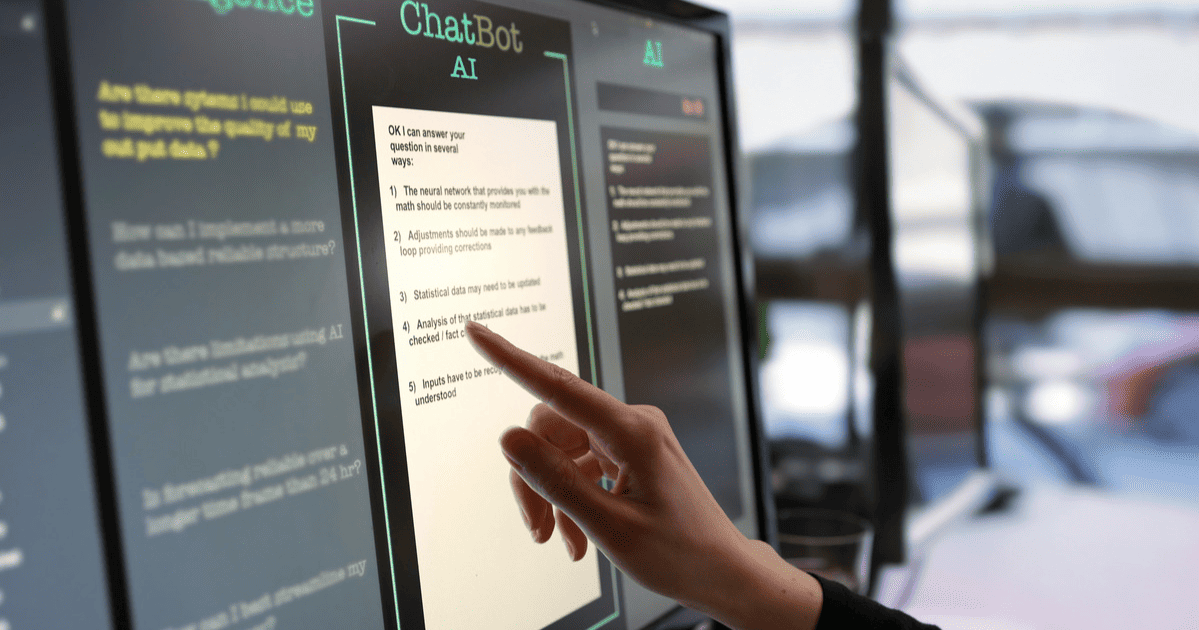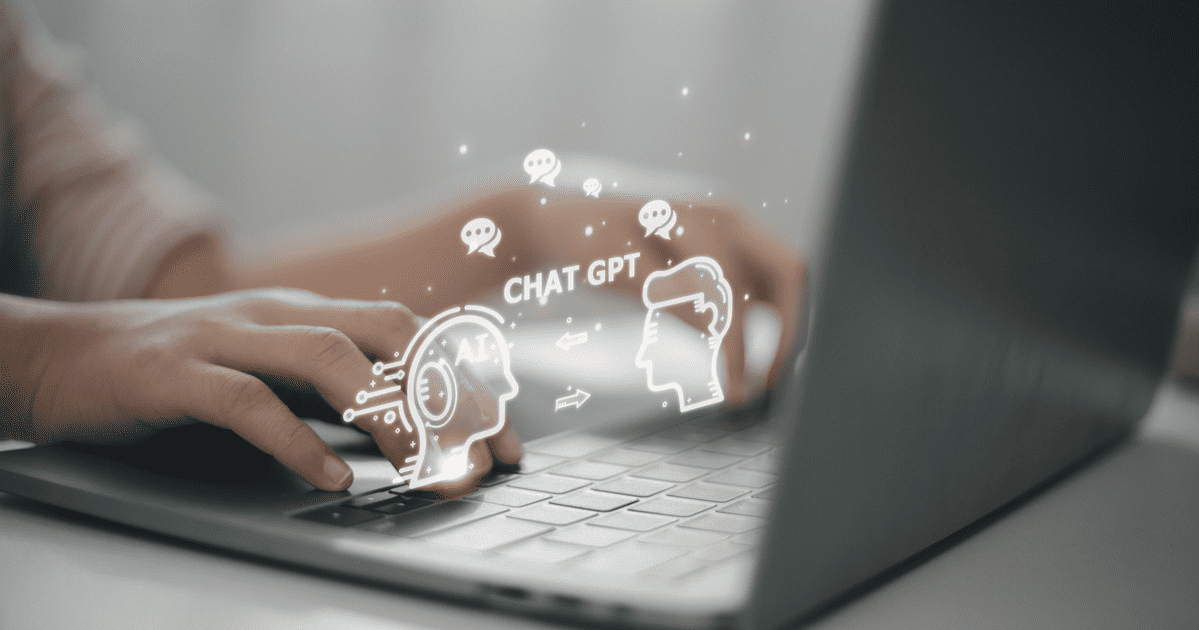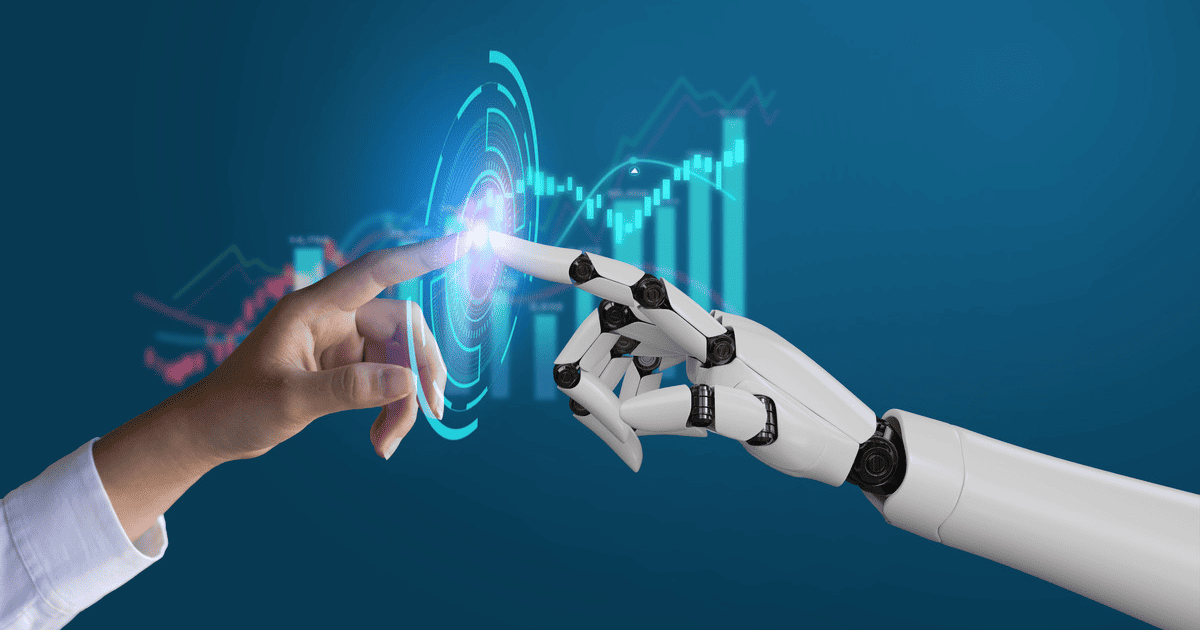Sakshi Mishra is an Artificial Intelligence (AI) engineer and an autonomous systems researcher. She is a Senior AI Engineer in the Autonomous Systems team of Microsoft’s Business Incubation Group, working on a generative AI-powered autonomy product named Project AirSim.
We caught up with Sakshi to discuss the mindset shift that can empower engineers from all disciplines to harness the power of generative AI – a technology that is predicted to be one of the most promising digital technological inventions of the century so far.
Welcome Sakshi! So, what is generative AI?

Generative AI, like other types of artificial intelligence, learns how to take actions from the past. But instead of just categorizing or identifying data like traditional AI, generative AI develops entirely new materials such as writing, images, and even computer code based on that training.
The current wave of generative AI is unprecedented because of its out-of-the-box accessibility. With apps like ChatGPT, AI is now accessible like never before.
Users don’t need a degree in machine learning to interact with or derive value from these tools. Anyone with access to computers, the internet, and apps can put generative AI to use with natural language-based instructions (which are called “prompts” in this context).
Generative AI is being used in various applications, including:
- Image generation: Generating new images that resemble real photographs or creating novel artistic designs.
- Text generation: Generating coherent and contextually-relevant sentences or paragraphs based on given prompts.
- Music composition: Creating original music compositions in various genres.
- Video synthesis: Generating realistic videos by extending or modifying existing video sequences.
- Data augmentation: Creating new synthetic data samples to augment existing datasets for training machine learning models.

How can engineers keep up with the rapid pace of technological advancements in generative AI?
As an engineer, you’ve already demonstrated your determination to blaze new trails and master intricate skills. Your track record speaks volumes about your resilience, adaptability, and eagerness to embrace fresh challenges.
However, it’s natural to have moments of doubt, especially when confronted with the breakneck pace of AI developments. You may question how you can keep up with the rapid industry changes introduced by generative AI.
First and foremost, remember that you’re not alone in this predicament. The realm of technology and engineering, like any other field, is characterized by constant evolution and innovation.
Even the most seasoned professionals experience moments of uncertainty as they strive to stay abreast of the emerging AI landscape. Recognizing this shared experience can help alleviate the pressure you may feel and provide you with a sense of camaraderie.
The key is to leverage the new technology to your advantage. Instead of thinking of generative AI as a competitor, see it as a collaborator. Befriend it!
Know that as a human being, your superpower is creativity – you get new ideas all the time. Your superpower is not data-crunching. That’s the job of AI.
AI can run operations and generate content faster than humans, but as a human being, you can instruct AI to give expression to your creative thoughts. All you need to do is imagine, describe your vision in a sentence (aka – enter the prompt), and watch AI manifest your imagination in the form of text, images, and more.
Develop a habit of exploring new AI tools, software, and platforms that can streamline your work processes and enable you to be more efficient and productive. Embracing automation and leveraging the power of AI to do simple and repetitive tasks can help you focus your energy on higher-value tasks — and unfold your potential in the process!
This mindset shift will empower you to view technological advancements as stepping stones toward enhancing your expertise rather than insurmountable hurdles.

Many of the scenarios you’ve described apply to content creators. How can engineers harness generative AI in their professions?
In today’s rapidly evolving technological landscape, engineers across various disciplines are seeking innovative tools to enhance their problem-solving capabilities and drive creative exploration.
When used properly in this regard, generative AI can be a game-changer. By harnessing the potential of generative models, engineers can unlock new possibilities, optimize designs, and push the boundaries of their respective fields.
Generative AI is like the Uber app: does every person who uses the Uber app understand the codebase that powers the app? No, but the technology empowers its users to go places. You can use the Uber app to go to a doctor’s office, a restaurant, a hike, or a movie – it is up to you to decide how you make use of the technology.
In a similar fashion, generative AI is here to take you places — places that are so unique that no one has yet seen or experienced, because they are your mind’s creation. Put your imaginative powers to use, combine that with your domain knowledge, and let AI take care of the rest.
Here are a few examples to get you thinking:
Optimizing Design Processes
Generative AI offers engineers a unique approach to optimizing design processes. By training generative models on vast datasets of design parameters, materials, and performance criteria, engineers can leverage the power of AI to generate optimized solutions.
Whether it’s architectural design, mechanical engineering, or industrial product development, generative AI can generate design options that meet specific constraints and objectives, significantly reducing the time and effort required for manual exploration.
Enhancing Simulation and Analysis
Simulation and analysis are integral parts of engineering disciplines. Generative AI can enhance these processes by generating synthetic data that expands the scope and diversity of simulation scenarios.
By generating a wide range of possible inputs, generative models can help engineers explore the robustness and performance of their designs under various conditions. This approach enables engineers to uncover potential weaknesses, optimize designs, and make data-driven decisions based on a comprehensive analysis of the synthetic data.
Accelerating Prototyping and Manufacturing
Generative AI has the potential to revolutionize the prototyping and manufacturing phases of engineering projects. By leveraging generative models, engineers can generate optimized designs that take into account manufacturing constraints, material properties, and desired performance criteria.
This approach minimizes iterations and streamlines the transition from concept to physical realization. Generative AI can also facilitate the generation of support structures and toolpath optimization for additive manufacturing techniques, reducing material waste and production costs.
Once again, the key is to see generative AI as an enabler of your own productivity and creativity and not an obstacle to overcome. When you pair this perspective with a growth mindset, you will be amazed by the outcomes!

What pitfalls should engineers be aware of as they venture into using generative AI?
While generative AI holds immense potential, like any other emerging complex technological system, there are some considerations engineers should be aware of while putting it to use or implementing generative AI based systems. Understanding these challenges is crucial for utilizing generative AI effectively and responsibly.
Bias and Fairness
Generative AI models learn from existing data, which can inadvertently embed biases present in the training data.
If the training data contains biased or discriminatory patterns, the generative AI models may also generate biased outputs. It is important to carefully curate and evaluate the training data to mitigate bias and ensure fairness in the generated content.
Data Privacy and Security
Generative AI models may require access to sensitive or proprietary data during training. Data privacy and security need to be prioritized, ensuring that appropriate safeguards are in place to protect confidential information.
Anonymization techniques, data encryption, and access controls should be implemented to prevent unauthorized access or misuse of sensitive data.
Lack of Transparency and Interpretability
Generative AI models, particularly complex deep-learning architectures, can be challenging to interpret. Understanding how and why a model generates a particular output can be difficult.
Engineers should strive for transparency by adopting techniques such as explainable AI, model visualization, and interpretability methods to gain insights into the model’s decision-making process and enhance trust.
Resource Intensiveness
Training and deploying generative AI models can be computationally expensive and resource-intensive. Large-scale models may require substantial computational power, storage, and energy resources.
Engineers should consider the infrastructure requirements and evaluate the trade-offs between model complexity and available resources to ensure practical and sustainable implementation.
Ethical Considerations
Generative AI introduces ethical dilemmas, especially when it comes to generating content that may deceive or manipulate users.
Engineers should be mindful of the potential misuse of generative AI, such as generating fake news, deepfake videos, or counterfeit products. Adhering to ethical guidelines and promoting the responsible use of AI is essential to prevent harm and maintain trust in the technology.
Generative AI presents engineers with exciting opportunities for problem-solving, creativity, and innovation. Being aware and mindful of the potential pitfalls can help accelerate its adaptation for enhancing productivity.
Responsible and thoughtful implementation of generative AI will ensure its positive impact across various engineering domains and enable engineers to embrace its transformative capabilities.
Author
-
Qi Wang is a systems engineer studying to pivot into AI engineering. Qi graduated from ECPI University with a BS in Systems Engineering.






